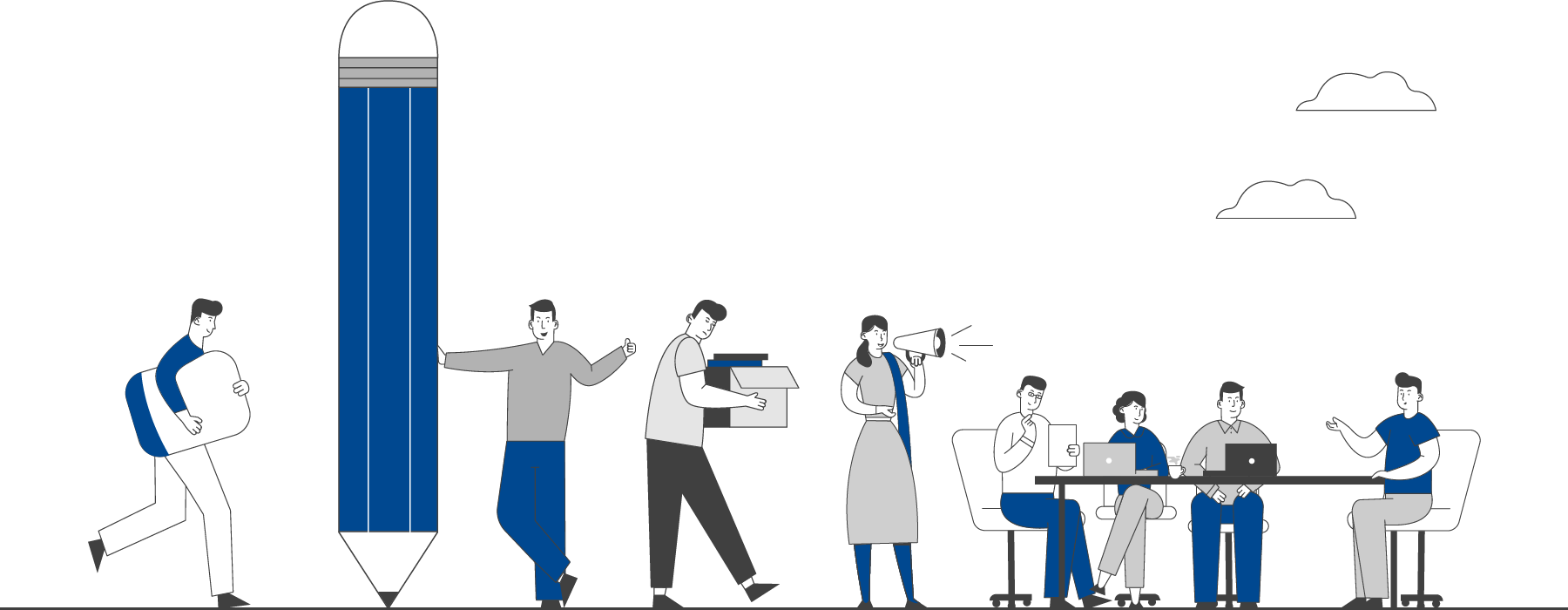

This section hosts guidelines, manuals and toolkits to strengthen public health practice.
Resources
FILTER
BY CATEGORY
View All
COVID-19 and Children's Welfare
08 Apr 2022by World Bank, UNICEF 20 MIN READ
This document provides an overview of the Impact of COVID-19 on the welfare of households with children based on High Frequency Phone Surveys. Prior to COVID-19, 1 in 6 children, or 356 million children in total, lived in extreme poverty, struggling to survive on less than PPP $1.90 per day. Meanwhile, nearly 1 billion children in multidimensional poverty in developing countries, suffering from at least one severe deprivation in education, health, education, housing, nutrition sanitation and water. When looking at a slightly higher poverty threshold of PPP USD 3.20 per day per person, a staggering 841 million or 41.5 percent of children worldwide live in households with income/consumption levels equivalent to moderate poverty, compared with 23.5 percent of adults aged 18 and over.
This analysis focuses on the socioeconomic impacts of COVID-19 in 35 developing countries on three types of households: Those with many (3 or more) children, those with few (1 or 2) children, and those with no children. The High-Frequency Phone Surveys (HFPS) coordinated by the World Bank offers an opportunity to analyze the actual impact of the crisis on the welfare of households with children, providing real-time information to inform and guide policies and programs to address the socio-economic impacts of the crisis.
Photo credit: Canva.com
Related File :
5018702654.pdfCategories
COVID-19

 EXPLORE DATA
EXPLORE DATA 



























